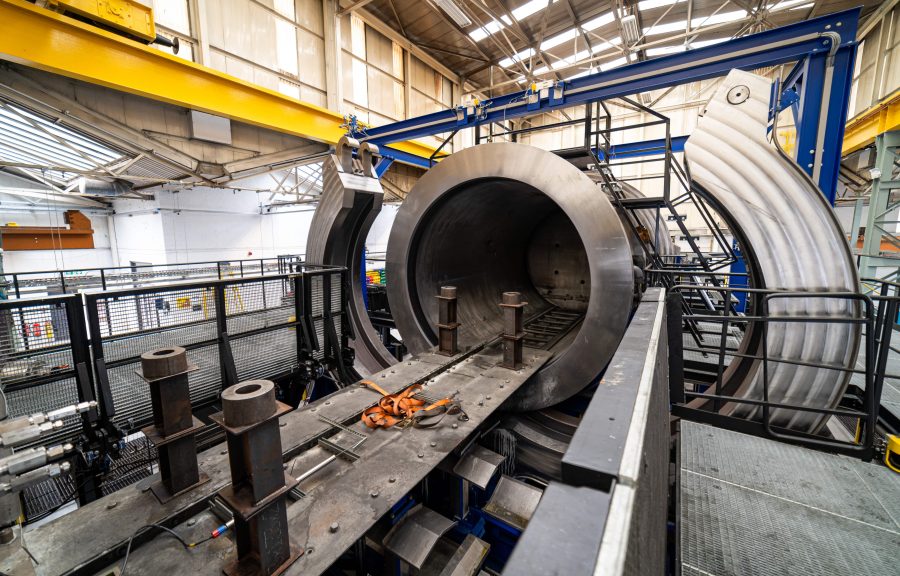Non-destructive testing refers to a range of pressure testing methods that allow engineers to inspect and collect data about a component, without permanently altering or damaging it.
Non-destructive testing is performed to ensure the integrity of a module by locating surface and subsurface defects. This type of testing plays a crucial role in assuring both the safety and reliability of components.
Testing the integrity of a module is especially important when it will be subjected to extreme pressures once deployed. Defects in these circumstances can cause dangerous accidents, compromising the safety of those working and living nearby. Such defects can also be costly if the component requires extensive repair or replacement, potentially causing an unplanned facility shut down.
During pressure testing, components are usually subjected to pressure of around 1.5x the required operating pressure, which is usually set out by industry specific standards. If designed and manufactured to these specifications, the component will successfully pass the test and sustain no damage. If there is a defect in the component, and/or the component has been incorrectly engineered and manufactured, there is a chance that the testing could become destructive.
Non-destructive testing codes and standards
To ensure proper maintenance of components, most countries have laws requiring manufacturers to adhere to certain codes and standards when carrying out pressure testing. For most components, this testing must be carried out by a certified pressure testing facility, such as Tyne Pressure Testing.
Some of the most common codes for non-destructive testing standards that we work in accordance with are:
- API (American Petroleum Institute)
- ASME (American Society for Mechanical Engineering)
- BSI (British Standards Institute)
- CEN (European Committee for Standardisation)
- DEF STAN (UK Defence Standards)
- ISO (International Organization for Standardization)
- BS EN (British Standards)
- MIL (Military Industrial Standards)
- DWE (Atomic Weapons Establishment Standards)
- PD (Published Documents)
Why do we need non-destructive testing?
Non-destructive testing is typically needed for the following reasons:
- To validate the design and manufacturing process
- To locate defects in a component
- To ensure the safety and reliability of a component
- To prevent accidents and the need for repair
- To reduce costs and an unplanned facility shutdown
- To determine acceptance to given requirements
- To give information on repair criteria
What are the benefits of non-destructive testing?
Non-destructive testing is a popular method for testing components with companies from across the world. The four main reasons for this are:
Cost savings – unlike destructive testing, non-destructive testing allows the component being tested to survive the inspection without permanent damage or alteration, meaning it can be used after the testing is completed. It also prevents costly accidents and the risk of lost revenue from an unplanned plant shutdown.
Efficiency – non-destructive testing allows for the thorough and relatively quick evaluation of components compared to other methods.
Accuracy – the equipment used to carry out and measure the results of non-destructive testing is incredibly accurate, meaning it provides a reliable way to test the safety and longevity of components.
Safety – non-destructive testing is a reliable means for preventing dangerous accidents and unsafe working conditions, protecting those working and living nearby.
What types of non-destructive testing does Tyne Pressure Testing carry out?
Tyne Pressure Testing has the facilities to carry out a range of non-destructive testing methods, including:
Find out more about our non-destructive testing capabilities, or contact us to discuss a bespoke project.
